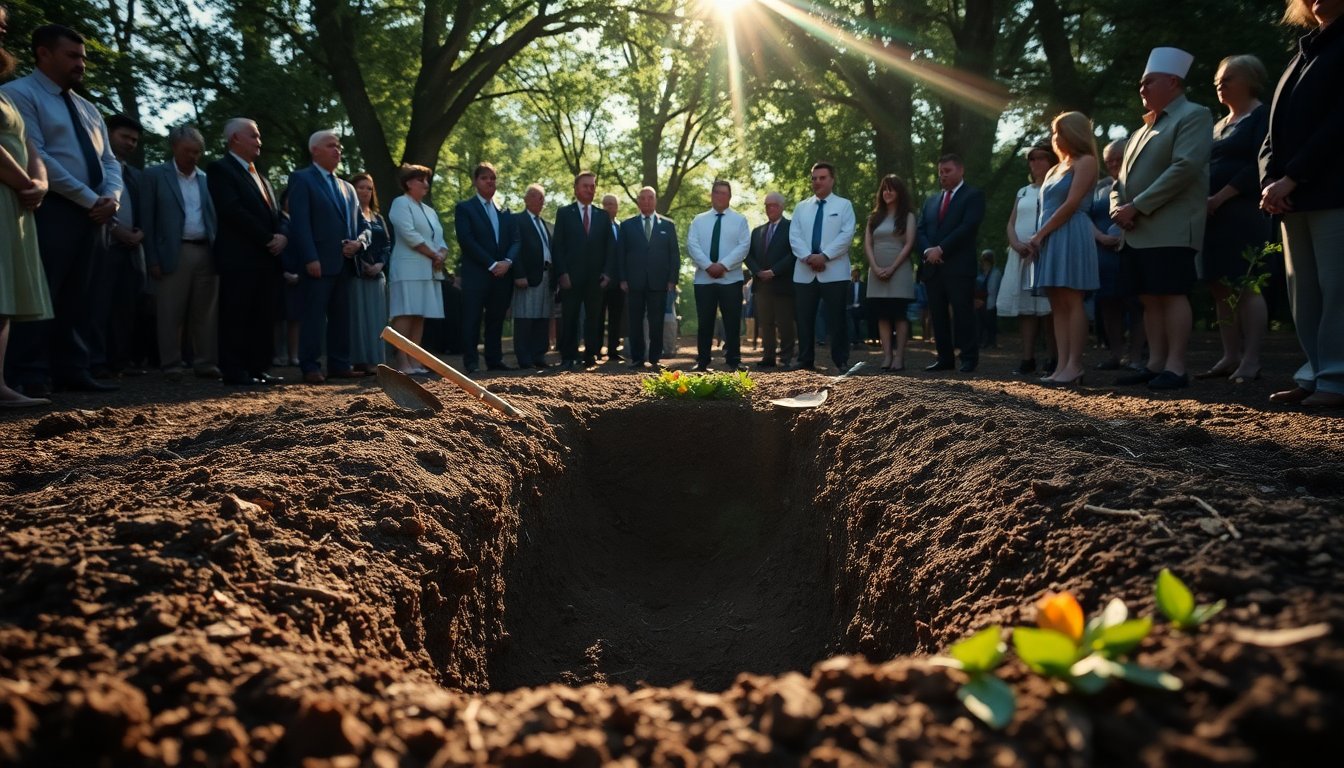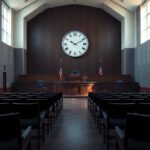Table of Contents
In a significant event reflecting the deep historical roots of Maryland, Historic St. Mary’s City conducted a reinterment ceremony for 65 of its earliest settlers. This event occurred on September 20, more than three centuries after the original burials, underscoring the lasting impact of these early inhabitants on the region’s cultural heritage.
Dr. Henry Miller, a key figure at the site, provided insights into the proceedings, highlighting the importance of honoring those who laid the foundation for what would become the state of Maryland.
The ceremony coincided with the completion of a reconstruction of the Brick Chapel, a 17th-century Catholic church that served as a central place of worship until its closure by a Protestant governor in 1704.
This chapel represents the struggle for religious freedom in the area, marking a significant chapter in American history.
The ceremony of remembrance
The reinterment ceremony served as a poignant reminder of the sacrifices made by early settlers. Attended by the Archbishop of Baltimore, William E.
Lori, the event included a ceremonial procession, a blessing of the chapel, and the respectful reinterment of the remains. Dr. Miller meticulously planned the event, ensuring it resonated with the historical context of the period. He noted, “Having the archbishop present was crucial since these settlers were predominantly Catholics, providing a spiritual connection to their past.”
Honoring the forgotten
In his address, Dr. Miller expressed his dedication to honoring the memory of those largely forgotten over the centuries. He incorporated elements such as a horse-drawn hearse, a cannon salute, and traditional hymns like Salve Regina, which would have been familiar to the settlers.
This careful planning aimed to create a dignified atmosphere, emphasizing respect for those who had passed.
The reinterment involved careful handling of remains, with Dr. Miller and his team taking six hours to place each individual in a newly constructed burial vault.
He focused on acknowledging those often overlooked in historical accounts, particularly infants whose lives were tragically short. Eight of these remains were placed in specially crafted black boxes adorned with rosemary, symbolizing love and remembrance.
A personal and professional commitment
For Dr. Miller, this ceremony represented more than academic interest. As an archaeologist involved in the excavation and study of these remains, he felt a profound responsibility to ensure they were treated with respect. “It was both a professional duty and a personal obligation to see them properly reinterred,” he remarked. His work contributes to understanding colonial life while underscoring the need for dignity in the treatment of historical remains.
Insights from the past
Prior to the reburial, extensive analysis of the remains provided valuable insights into the lives of early Maryland settlers. This research encompassed various aspects, from common health issues to dietary habits, offering a glimpse into the challenges faced during the colonial era. Dr. Miller mentioned that the findings would be compiled into a future publication, shedding light on a pivotal period in American history.
Dr. Miller emphasized the importance of this event as a model for how excavated remains should be treated across the United States. Honoring ancestors is a universal tradition that transcends cultures, and this ceremony aimed to highlight that legacy.
A call for unity and recognition
During his speech, Dr. Miller addressed broader themes of coexistence and tolerance, drawing parallels between the historical context of St. Mary’s City and contemporary society. He expressed a desire for St. Mary’s to be recognized alongside foundational sites like Jamestown and Plymouth, emphasizing its pivotal role in establishing religious liberty in North America. “These early settlers set the stage for principles that are now central to the American experience, such as the freedom to practice one’s religion without interference,” he explained.
The ceremony at Historic St. Mary’s City served as a moment of reflection on the past while reminding us of the ongoing relevance of these historical narratives in today’s society. The legacy of Maryland’s early settlers continues to inform discussions about tolerance, coexistence, and the fundamental rights of individuals—principles that remain crucial as we navigate a complex modern landscape.





